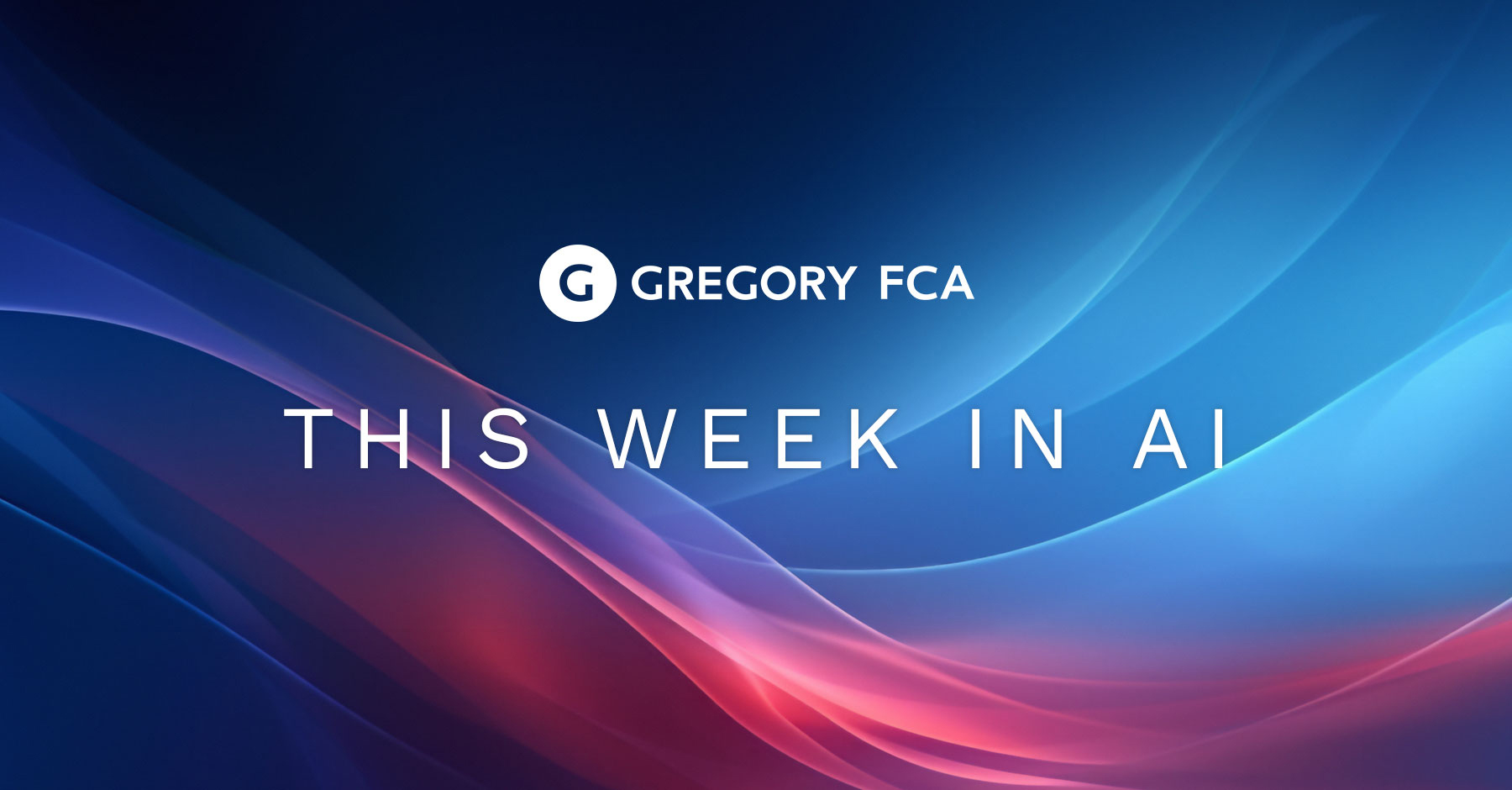Headlines You Should Know
OpenAI Dropped a New Model. Here’s What it Means for Communicators
In an Apple-esque livestream Monday, OpenAI unveiled its newest model, GPT-4o. The “omni” model aims to perform better across all mediums — text, audio, and video — and inch closer to providing more human interactions with AI. According to OpenAI, GPT-4o responds to audio inputs in “an average of 320 milliseconds, which is similar to human response time in a conversation.” This is a vast improvement over the 5.4-second average latency of GPT-4.
OpenAI also announced more features for free users, an upcoming refreshed user interface on the web, and a desktop app. The presentation included a demo in which GPT-4o was able to comprehend live video as it responded to questions instantly and picked up on the emotions of the user’s voice. Nearly a year ago, OpenAI CEO Sam Altman told The Information he envisions ChatGPT as a “supersmart personal assistant for work,” so the company took a big step toward that goal with the new model.
Communicators will find countless ways to make use of a more conversational AI that better understands the world around it, from roleplaying conversations to assessing an executive’s tone of voice to talking through an idea. While it may take some time to see whether GPT-4o produces higher-quality content that doesn’t need common AI-isms removed, the model appears to be faster and more responsive. If it is truly more empathetic, and the memory capability can retain style, tone, and voice effectively, communications pros will have a Swiss Army Knife to help make them more efficient than ever.
Elsewhere …
- PODCAST: Bridging AI and Music Innovation
- Worried About Falling Behind, Apple Reorganizes Around AI
- Google’s I/O Conference will ‘Solidify’ Status as an AI Winner, Analyst Says
- U.S. Aims to Stay Ahead of China in Using AI to Fly Fighter Jets
- Illness Took Away Her Voice. AI Created a Replica She Carries in Her Phone
Tips and Tricks
 Speak it into existence
Speak it into existence
 Optimize press release length
Optimize press release length
Have you ever… gone through countless rounds of revisions on press releases, getting every stakeholder’s input and subtle adjective preferences only to realize the release is now too long?
When press releases pack in too many quotes, too much background, or unnecessary details, it can muddy the message. It can also literally cost you: Businesswire, GlobeNewswire, and Cision offer pricing based on the first 400 words — it’s 500 words for Newswire — with extra costs for every additional 100 words. Many companies don’t want to pay the extra fees associated with going over those limits.
Why it matters: You can probably get the news across under those word thresholds, but brevity is one of the most difficult parts of editing. AI makes it easier … and potentially cheaper to get the news across the wire.
Try this: Once you have a draft, upload it to an AI tool like ChatGPT or Claude and ask it to bold any words that it thinks can be cut without the sentence losing meaning. Then ask it to bold any sentences it deems non-critical, where you could still get the sense of the news without them.
With this revised version, you can clearly see what the AI proposes cutting and judge for yourself whether you’re just trimming the fat or losing entire limbs that are essential to the story. The AI’s perspective may bring your attention to elements you hadn’t considered and get you closer to a shorter release that better conveys your news and message and saves you some wire costs too.
Quote of the Week
“Talking to a computer has never felt really natural for me; now it does. As we add (optional) personalization, access to your information, the ability to take actions on your behalf, and more, I can really see an exciting future where we are able to use computers to do much more than ever before..”
— Sam Altman, CEO of OpenAI, in a blog post about GPT-4o
